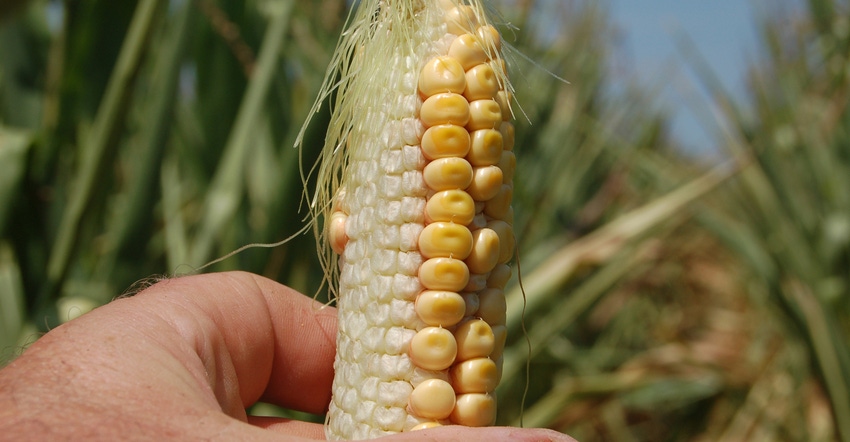
The good news is Rich Morrison believes there may be opportunities to sell corn at reasonable levels this year. “I’m cautiously optimistic,” Morrison says. He is a risk adviser for Diversified Services and a specialist in price risk management.
He believes the most realistic news, however, is that you will need a marketing plan — and you will need to execute it to cash in on small marketing opportunities that may develop during the year. Chances to price your crop are likely to come along in terms of capturing nickels here and dimes there, rather than on a big rally, Morrison says.
Carryout stocks are just too large for factors that may cause wide swings in other years to move the needle very far this year, he says. You may have to look for smaller opportunities and use different strategies, perhaps involving options, to take advantage of price movement.
La Niña question
A few events might provide somewhat bigger price rallies if they were to occur, Morrison says. He refers to them as “black swan” events, indicating how likely they are. How many black swans have you seen?
Topping the list would be a weather event, perhaps dry weather triggered by La Niña. This part of the El Niño-La Niña cycle typically produces dry conditions over portions of the U.S., especially in the Great Plains and western Corn Belt. Some private forecasters have suggested the current La Niña might persist into summer.
Don’t get your hopes too high. Ken Scheeringa, with the Indiana State Climate Office, says as of Feb. 5, the National Weather Service is forecasting the current La Niña to end by spring. Originally, NWS expected it to end in February. “Now they’re talking about it extending into March and maybe April, but then dying out,” Scheeringa says.
“The National Weather Service long-term forecast calls for a neutral phase in the ENSO cycle beginning in April or May, and extending at least through September,” he says. “That’s as far as the forecast goes.”
Other ‘black swan’ possibilities
Morrison offers some other events that would have an impact, if they occurred.
• China buys more corn than expected. This would be a positive step toward eating into large stocks, Morrison says. Consider it a long shot.
• Managed funds divert money to agriculture. If the stock market remains volatile, funds may look for somewhere else to put money, Morrison says. If they put enough back into grain markets, it could help support prices.
• Crude oil or other commodities see a substantial rally. The corn market tends to follow the crude oil market. Crude oil prices are worth watching.
• The Russian wheat crop has a bad year. The last time that happened was 2011, and it helped drive an increase in wheat and corn prices, Morrison says. Russia has enjoyed good production years recently.
• A natural disaster occurs. An unforeseen natural disaster of some sort could produce impacts on markets that it’s not possible to anticipate now, Morrison concludes.
About the Author(s)
You May Also Like




